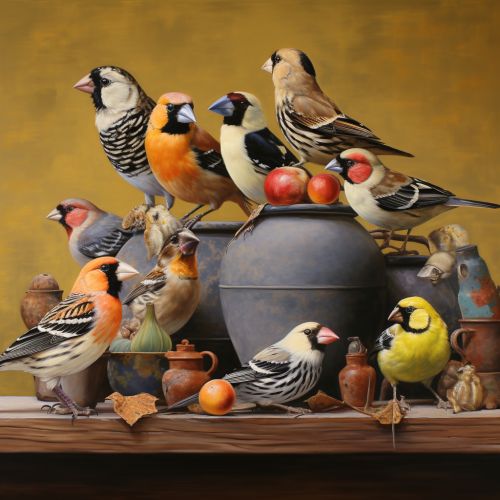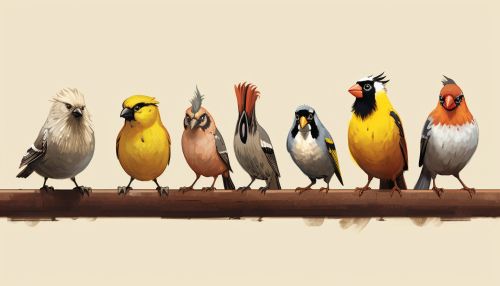Natural Selection
Introduction
Natural selection is a fundamental mechanism of evolution, first formulated by Darwin in the mid-19th century. It is the process by which heritable traits that increase an organism's chances of survival and reproduction are favoured than less beneficial traits. Over time, this process allows species to adapt to their environment.
Mechanism of Natural Selection
The mechanism of natural selection involves three basic components: variation, inheritance, and selection.
Variation
Variation refers to the differences in physical traits among individuals within a population. These differences may be minor, such as the color of an individual's eyes, or significant, such as the size of an individual's body. Variation can be caused by genetic differences, environmental factors, and a combination of both.
Inheritance
Inheritance is the process by which traits are passed from parents to offspring. This occurs through the transfer of genetic material during reproduction. The inherited traits are those that influence an individual's ability to survive and reproduce.
Selection
Selection is the process by which certain traits become more common in a population over time. This occurs because individuals with these traits have a higher survival and reproduction rate than those without them. Over time, these advantageous traits become more common within the population, leading to evolutionary change.
Types of Natural Selection
Natural selection can occur in three ways: directional selection, stabilizing selection, and disruptive selection.
Directional Selection
Directional selection occurs when one extreme phenotype is favored over other phenotypes, leading to a shift in the frequency distribution of the trait towards that extreme. This type of selection is common in environments that are changing in one direction.
Stabilizing Selection
Stabilizing selection occurs when intermediate phenotypes are favored over extreme phenotypes. This type of selection reduces variation in a population and is common in stable environments.
Disruptive Selection
Disruptive selection occurs when extreme phenotypes are favored over intermediate phenotypes. This type of selection increases variation in a population and can lead to the formation of new species.
Examples of Natural Selection
Natural selection is a fundamental process in the evolution of life on Earth. It can be observed in a variety of organisms, from bacteria to mammals.


Peppered Moths
One of the most famous examples of natural selection in action is the case of the peppered moths in England during the Industrial Revolution. The peppered moth comes in two color forms: light and dark. Before the Industrial Revolution, the light form was more common as it was better camouflaged against the lichen-covered trees. However, as pollution from factories killed the lichen and darkened the trees, the dark form of the moth became more common as it was now better camouflaged.
Darwin's Finches
Another well-known example of natural selection is Darwin's finches on the Galapagos Islands. These finches have different beak shapes and sizes, each adapted to a specific type of food source. Over time, finches with beaks better suited to their food source had a higher survival rate and were able to pass on their traits to the next generation.
Implications of Natural Selection
Natural selection has profound implications for our understanding of life on Earth. It provides a mechanism for the evolution of complex organisms and ecosystems from simple beginnings, without the need for a guiding intelligence or purpose.
Biodiversity
Natural selection is a key driver of biodiversity. It leads to the evolution of new species and the adaptation of existing species to new environments or ways of life.
Human Evolution
Natural selection has played a crucial role in human evolution. It has shaped our physical characteristics, such as upright posture and large brain size, as well as our behavior, culture, and technology.
Medicine
Understanding natural selection can also have practical benefits, particularly in medicine. For example, it can help us understand why certain diseases are more common than others, and how pathogens evolve resistance to drugs.
See Also
References
1. Darwin, C. (1859). On the Origin of Species by Means of Natural Selection, or the Preservation of Favoured Races in the Struggle for Life. London: John Murray. 2. Ford, E. B. (1975). Ecological Genetics (4th ed.). London: Chapman and Hall. 3. Grant, P. R., & Grant, B. R. (2002). Unpredictable Evolution in a 30-Year Study of Darwin's Finches. Science, 296(5568), 707-711.
